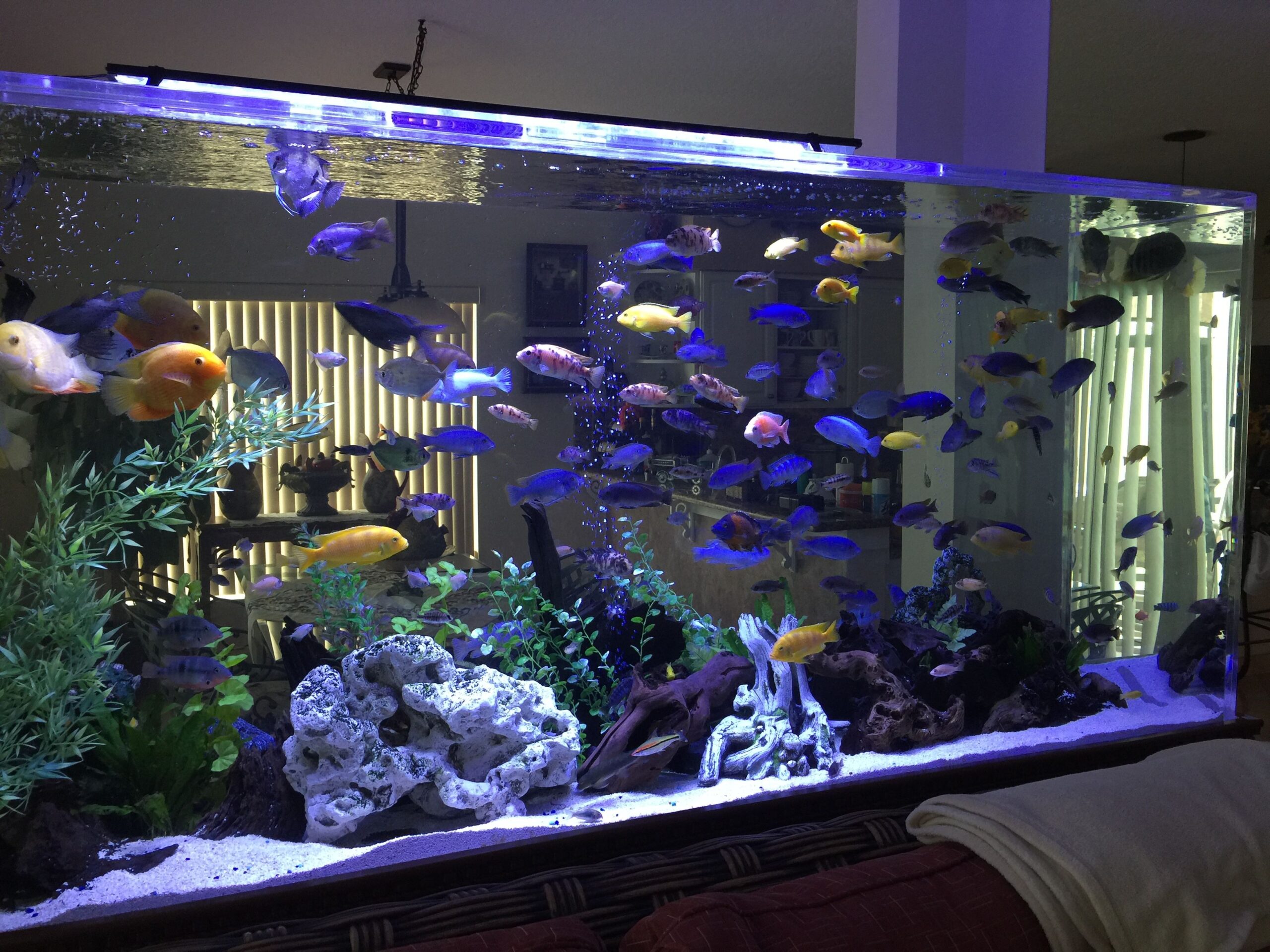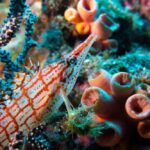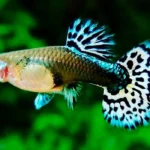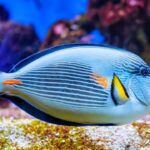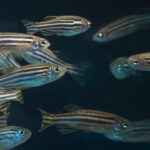Thriving Fish Tank So you’ve jumped in and decided to include an aquarium. A thriving fish tank is a living work of art; it’s also a peephole to a world, a mini-world you’ve created and cared for.
But here’s the truth: Thriving Fish aquarium success isn’t something that happens from simply plopping some fish into a glass box and filling it with water. It comes from knowledge, planning, and a dash of patience. From choosing the proper tank to correctly cycling it, choosing compatible fish, and maintaining water quality, there is so much that you must do right. Don’t worry. This comprehensive manual will walk you through all that you need to know to have the proper setup and maintenance of a successful, thriving fish tank.
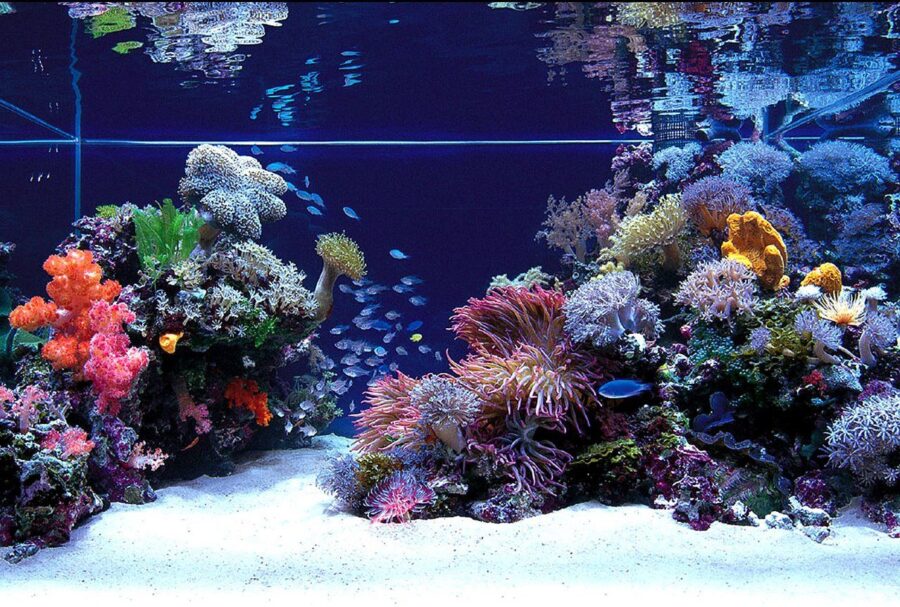
Deciding on Freshwater or Saltwater
Freshwater: Simpler, Cheaper, More Forgiving
For novices, freshwater aquariums are typically their first stop. Additionally, freshwater plants contribute to ecosystem equilibrium and add beauty.
Saltwater: Exotic, Stunning, But Complex
Saltwater tanks are breathtaking—clownfish, tangs, live coral, and alien-like invertebrates. But they demand accuracy. The water chemistry has to be stable, equipment tends to be more costly, and the learning curve is higher. Yet, if you’re willing to take on the challenge, the reward can be phenomenal.
Recommendation for Beginners
Begin with freshwater unless you’re seriously devoted to delving into saltwater research and investment. You can always upgrade afterwards.
Choosing the Right Aquarium Size
Bigger Is Better
It might seem counterintuitive, but bigger tanks are simpler to maintain. Delicate tanks are more prone to sudden changes in water parameters, which can stress or even kill fish. A 20- to 30-gallon tank is an ideal size for a beginner—it allows a decent amount of space for a thriving aquarium of fish and permits improved biological stability.
Space and Budget Considerations
The location of the tank, as well as your budget, should be taken into consideration.
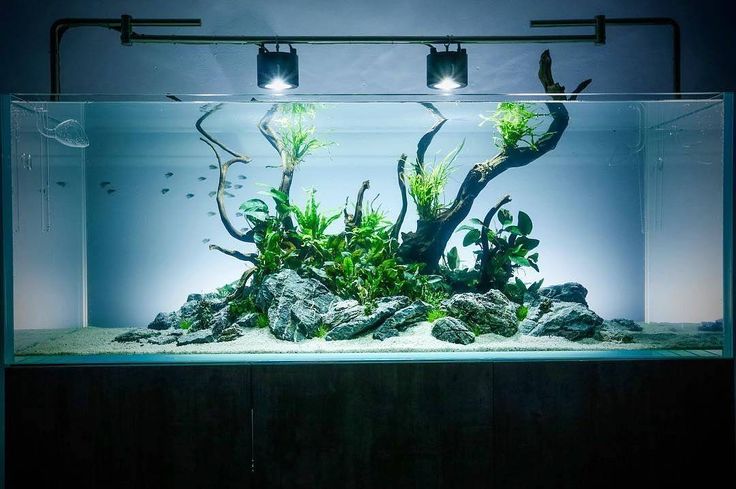
Essential Equipment: What You Need
Aquarium Tank
This is your point of departure. Glass is more resistant to scratching, and acrylic is lighter and more impact-resistant.
Filter
Your filter is the central nervous system of your aquarium’s well-being. It cleans waste, encourages healthy bacteria growth, and maintains clean water.
Types: hang-on-back (HOB), internal, canister, sponge, and sump filters.
Recommendation: For beginners, an HOB filter is easy and effective.
Substrate
Gravel, sand, or soil, based on your tank’s use. Gravel is simple to clean and suitable for most freshwater tanks. Soil or plant substrate is excellent for planted aquariums.
Water Conditioner
A good conditioner will neutralize them.
Test Kits
- Ammonia
- Nitrite
- Nitrate
- pH
GH/KH (General/Carbonate Hardness, especially for certain fish)
The Nitrogen Cycle: The Backbone of Fish Health
The nitrogen cycle is a process whereby beneficial bacteria break down waste products in your aquarium. Fish release ammonia (extremely toxic), which is converted to nitrite (poisonous) and finally into nitrate (less toxic).
Why It Matters
An uncycled tank is hazardous to fish. They will experience ammonia poisoning and die rapidly.
How to Cycle Your Tank
Add water, substrate, decorations, and the filter to your tank.
- Include a source of ammonia—hardy fish like danios, pure ammonia, or fish food.
- Utilize test kits to monitor the parameters of the water daily.
- After ammonia rises, nitrites and nitrates follow.
- The tank is cycled when nitrates are present and ammonia and nitrites are zero.
- After changing the water, you’re ready for fish!
Speeding Up the Process
Use filter media from an established tank.
Add bottled bacteria supplements.
Selecting Your Fish Wisely
Beginner-Friendly Freshwater Fish
- Betta (Solo)
- Guppies
- Neon Tetras
- Corydoras Catfish
- Platies
- Zebra Danios
Fish Compatibility
Aggression levels
Thriving fish Tank size
Water parameters (ph, hardness)
Schooling vs. solitary behavior

Decorating Your Aquarium: Function and Style
Aquascaping
Hardscape: Driftwood, rocks, and structures.
Plants: Java fern, Anubias, Amazon sword (easy freshwater options).
Avoid: Sharp decorations that may harm fish.
Feeding Your Fish Properly
Quality Over Quantity
Use high-quality flakes, pellets, or frozen foods.
Feed them once or twice a day—only what they can eat in 2–3 minutes.
Supplementing the Diet
Veggies (zucchini, spinach)
Protein-rich treats (bloodworms, brine shrimp)
Algae wafers for bottom feeders
Regular Maintenance: The Key to Longevity
Weekly Tasks
Water Change (20–30%): Removes waste and replenishes minerals.
Gravel Vacuuming: Cleans debris.
Glass Cleaning: Removes algae.
Filter Maintenance: Rinse filter media in old tank water (never tap water).
Monthly Tasks
Test full water parameters.
Inspect all equipment.
Trim live plants.
Common Mistakes to Avoid
Adding too many fish too soon.
Not cycling the tank.
Overfeeding.
Mixing incompatible species.
Ignoring water tests.
Skipping maintenance.
Troubleshooting: What to Do When Things Go Wrong
Cloudy Water?
Milky: Bacterial bloom (normal in new tanks).
Green: Algae—reduce light or nutrients.
Fish Gasping at Surface?
Check oxygen levels.
Increase aeration or surface agitation.
Sick Fish?
Isolate in a hospital tank.
Treat based on symptoms (look for white spots, fin rot, bloating).
The Emotional and Mental Benefits of Aquarium Keeping
Research indicates that gazing at fish decreases stress levels, lowers blood pressure, and encourages mindfulness. Your fishbowl isn’t merely a decoration; it’s an instrument of well-being, a daily moment of calm in the midst of the madness.
Beyond the Basics: When You’re Ready to Level Up
Breeding fish
Aquascaping competitions
Biotope tanks (replicating natural habitats)
Shrimp-only tanks
Marine reef aquariums

Conclusion
Creating a successful aquarium is not about the Thriving Fish Tank. It’s about creating an ecosystem, discovering balance, and bringing something beautiful and living into your home. It’s science, art, and patience all combined into one rewarding pastime.
Whether you’re looking into a dense aquascape teeming with neon tetras or staring at a betta’s waving fins, remember this: you did it.
Thriving Fish Tank: Be proud of your underwater domain. Continue learning, continue caring, and appreciate every bubble, shimmer, and flash of fin. Your adventure in fishkeeping has just begun.
FAQs
Can I add fish immediately after setting up the thriving fish tank?
No. Adding fish too early is one of the biggest mistakes. Wait until the nitrogen cycle is complete—this keeps the environment secure. Any other way, your fish may get ill from poisonous levels of ammonia and nitrite.
What are the easiest fish to start with?
Some freshwater fish that are beginner-friendly include:
Guppies
Zebra Danios
Platies
Corydoras Catfish
Betta (single setup)
Neon Tetras
These fish tend to be tough, peaceful, and tolerant of a wide range of water conditions.
How often should I clean my thriving fish tank?
Do partial water changes (20–30%) weekly. In doing so, vacuum the substrate with a gravel vacuum and clean algae from the glass. Complete cleanouts are not necessary unless there is a serious issue. Overcleaning will destabilize beneficial bacteria.
How do I know if my fish are healthy?
Healthy fish are:
Active and responsive
Eating regularly
Free from obvious signs of disease (no white spots, fin rot, bloating)
Showing normal colors (not pale or faded)
Changes in behavior such as hiding, gasping at the surface, or rubbing against objects, may indicate a problem.
How many fish can I keep in my Thriving Fish Tank?
A rough guideline is 1 inch of fish per gallon of water, but it’s species- and needs-dependent for a thriving fish tank. Always take the adult size, swimming capability, and bioload into account. Overstocking causes stress, aggression, and poor water quality.
